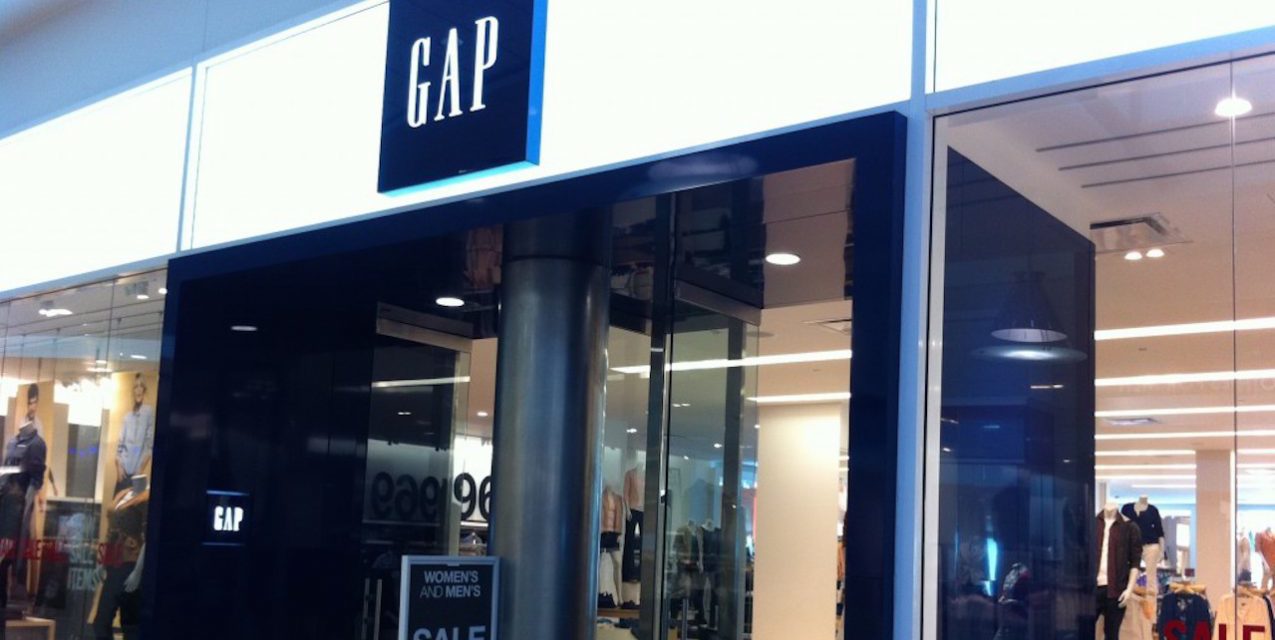Traditional retailers are finally picking up the pace.
During fourth-quarter earnings reports last week, speed was top of mind for companies like Kohl’s, American Eagle Outfitters, Gap Inc. and L Brands. In an increasingly competitive retail environment, the pressure is on for brands to tap into of-the-minute fashion trends and get new items on the sales floor faster.
The heat is thanks to fast-fashion retailers like Zara, H&M and Topshop that churn out trendy pieces in a matter of weeks, thanks to efficiently streamlined production cycles. It’s affecting luxury fashion, too, as these fast-fashion companies are ripping and reproducing trends from the runway months before they go on sale. As a result, department stores are pushing vendors to adopt a see-now-buy-now, in-season production cycle.
On Thursday, Kohl’s CEO Kevin Mansell spoke to what he calls the company’s “speed initiative.” This year, 40 percent of Kohl’s proprietary brands will operate on a faster production cycle, going from concept to sales floor in three months, rather than the typical six. Last year, it was 25 percent, with the sped-up brands concentrated in the juniors department. Mansell said that in the fourth quarter of 2016, those brands saw a single-digit lift in comparable sales.
“Women’s apparel is definitely a focus in this effort,” said Mansell during a call with investors. “We’re going to use that as a blueprint in trying to reimagine everything from our organizational structures in various areas, including our stores, to the way we approach our business overall. So speed and agility is probably the number one strategy we have.”
Faster production time is becoming table stakes. And it’s not a trend that’s being pushed within the industry, as much as retailers probably want to curse Zara — it’s customer behavior that’s guiding retailers’ hands.
“Speed has always been the bane of the fashion cycle,” said Erich Joachimsthaler, CEO of branding agency Vivaldi Partners. “It’s not just Zara, it’s how we all shop these days. We live in a Snapchat world, where the consumer no longer buys in anticipation, but for a particular demand.”
Mall brands, around a lot longer than Snapchat or Zara, have had to reinvent. American Eagle, L Brands (which owns Victoria’s Secret, among others) and Abercrombie & Fitch all spoke to faster production cycles as a way to compete in the current market.
“Our women’s business is strong as we’re accelerating. We’re going to rely on this process around increasing our speed to market and get even faster,” said American Eagle global brand president Chad Kessler, during a call with investors.
Gap, a retailer that has been hit particularly hard by shifting consumer behavior, is shortening production lead time to reassert relevance. At the end of February, the company reported a 2 percent lift in comparable sales for the quarter, but a dip of 7 percent for the year, to $4.38 billion. CEO Art Peck spent a long time on the subject of lead time on a call with investors, as the company works to shift its production cycle from an average of 10 months to 8-10 weeks. Right now, a third of Gap’s products across brands (Gap, Old Navy and Banana Republic) can be produced within one quarter.
“I call it de-risking our product model,” he said. “Time is the enemy in this business, and this allows us to buy differently, chase trends differently and manage inventory differently.”
Peck went into some detail around how shortening production lead times is actually being done, saying that the company was switching to a single demand-based buying platform, which will consolidate the 18 different tools that Gap currently uses across inventory, pricing, assortment building and in-season management.
“It helps us to get the right product in the right place at the right time,” said Peck. “If you don’t win at product, you don’t win at anything.”
A knee-jerk production cycle isn’t entirely risk-free. According to Joachimsthaler, companies like Gap have to ensure the items they’re hurrying to produce aren’t duds.
“If the selection of the cycles and new collections are not innovative or interesting, it doesn’t matter how fast you’re putting it out,” he said. “Zara has accounted for this since the beginning. Gap has not.”
by HILARY MILNES

